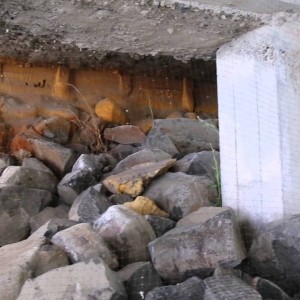
Elizabeth Dickey of Nevada DOT takes you on a tour of the historical section of Highway 40 called “Victory 1.” Out of three bridges in this section, two need to be replaced in order to meet modern safety standards.
View this complete post...







John Hennessy III,
P.E.






Elizabeth Dickey of Nevada DOT takes you on a tour of the historical section of Highway 40 called “Victory 1.” Out of three bridges in this section, two need to be replaced in order to meet modern safety standards.
View this complete post...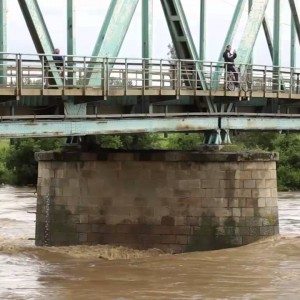
The average bridge has a designed lifespan of 50 years. There are over 610,000 bridges in the United States with a current average age of 43 years and the clock is ticking to invest in and maintain our infrastructure to keep America moving on structurally sound bridges.
View this complete post...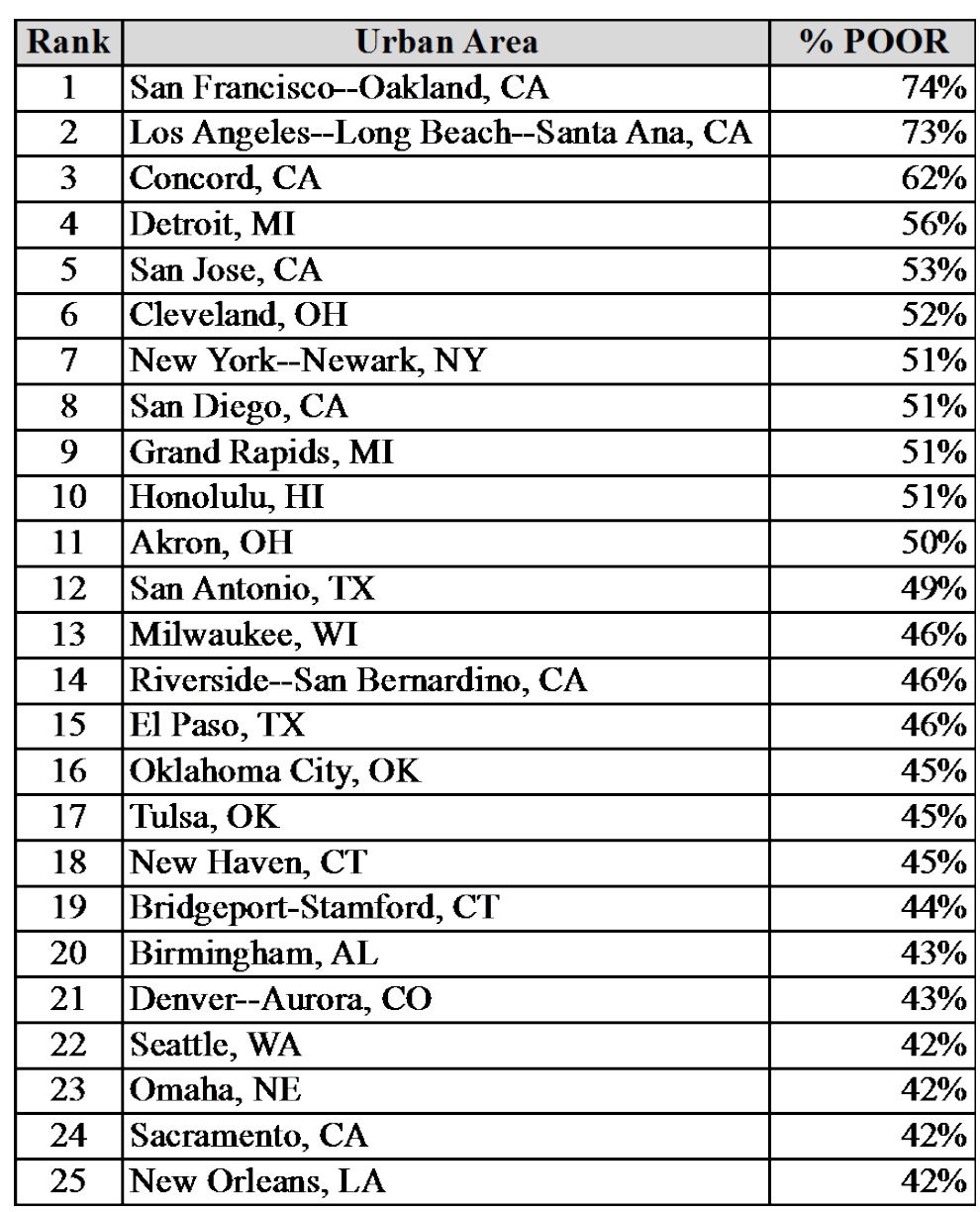
TRIP
In this report, TRIP examines the condition of the nation’s major urban roads, including pavement condition data for America’s most populous urban areas, recent trends in travel, the latest developments in repairing roads and building them to last longer, and the funding levels needed to adequately address America’s deteriorated roadways.
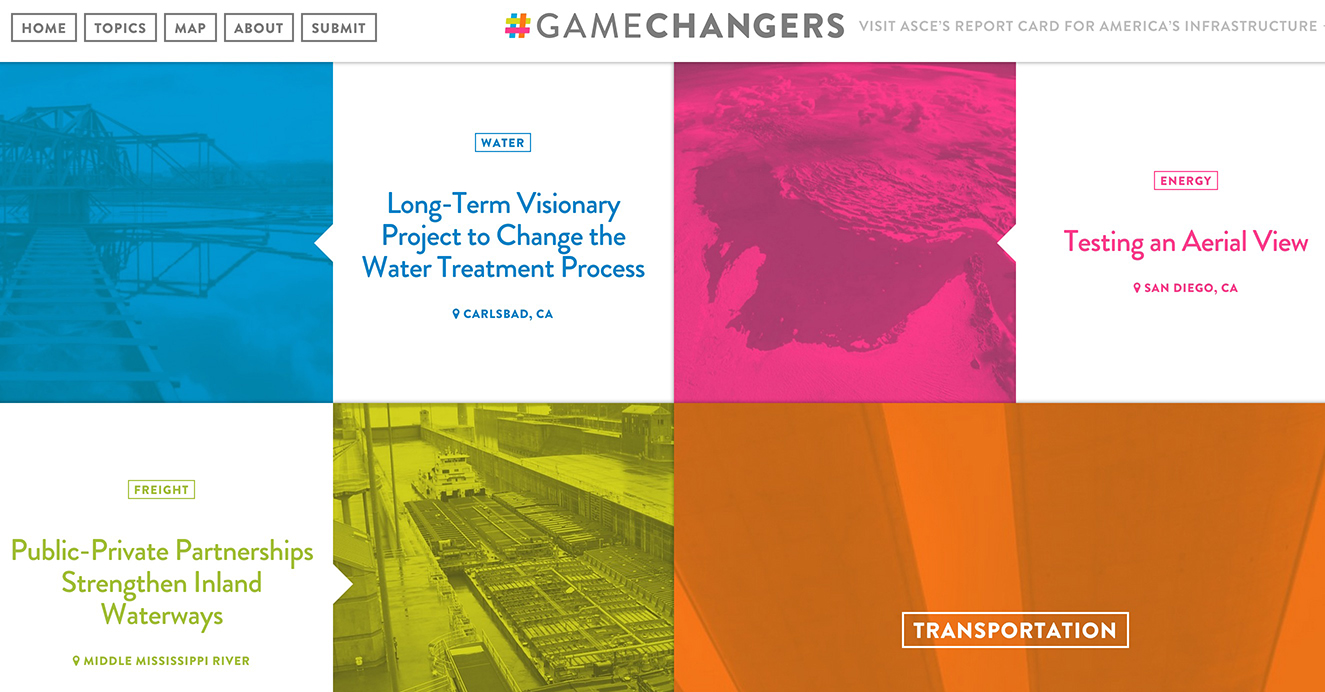
AMERICAN SOCIETY OF CIVIL ENGINEERS (ASCE)
#GameChangers is a compilation of the best and brightest innovations changing the infrastructure sector…We have surveyed engineers and public officials across the country to identify key game changers across the major infrastructure sectors – how we deliver drinking water, treat wastewater, build roads and bridges, design transit systems, generate and distribute energy, and move goods to market. We’re at a critical moment in deciding how, and if, we will further invest in our infrastructure. Imagine what more we can do if we seize the opportunity to replicate these engineering innovations.
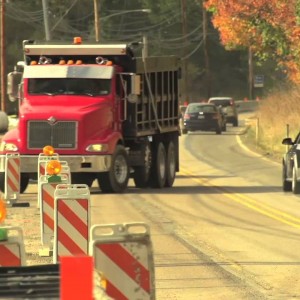
CASE sponsored ARTBA’s annual National Workshop for State & Local Transportation Advocates in Washington DC. ARTBA EVP/COO Bill Toohey discusses the importance of both federal and state/local funding in securing the investment that our nation’s road, bridges and transportation systems need.
View this complete post...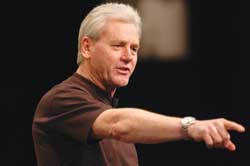
Terry O’Sullivan became the tenth General President of the Laborers’ International Union of North America (LIUNA) on January 1, 2000, and is dedicated to growing his union’s membership and market share.
“I think the American public is willing, ready, and able to have that conversation. It’s been too many in Washington DC that have been licking their fingers and seeing which way the winds are blowing, that have been afraid to have that conversation.”
View this complete post...
Geoffrey Anderson is the President and CEO of Smart Growth America. Named by Partners for Livable Communities as “One of the 100 Most Influential Leaders in Sustainable Community Planning and Development,” Geoff came to his current position after eight years heading the Smart Growth Program at the U.S. Environmental Protection Agency.
“It is amazing to see what local governments and states have done, and how much they have responded. Some of that is amazing in terms of their pro-activeness, and then some is less amazing because it’s become so desperate that they really had to do something, and unlike Congress, they didn’t have the luxury of kicking the issue off another two years without thinking about the longer term.”
View this complete post...
UNITED STATES GOVERNMENT ACCOUNTABILITY OFFICE
The Corps plans, designs, and constructs water resources infrastructure, such as dams and levees. According to the U.S. Global Change Research Program, the frequency and intensity of extreme weather events are increasing. Much of the Corps’ infrastructure was built over 50 years ago and may not be designed to operate within current climate patterns, according to the U.S. Geological Survey.
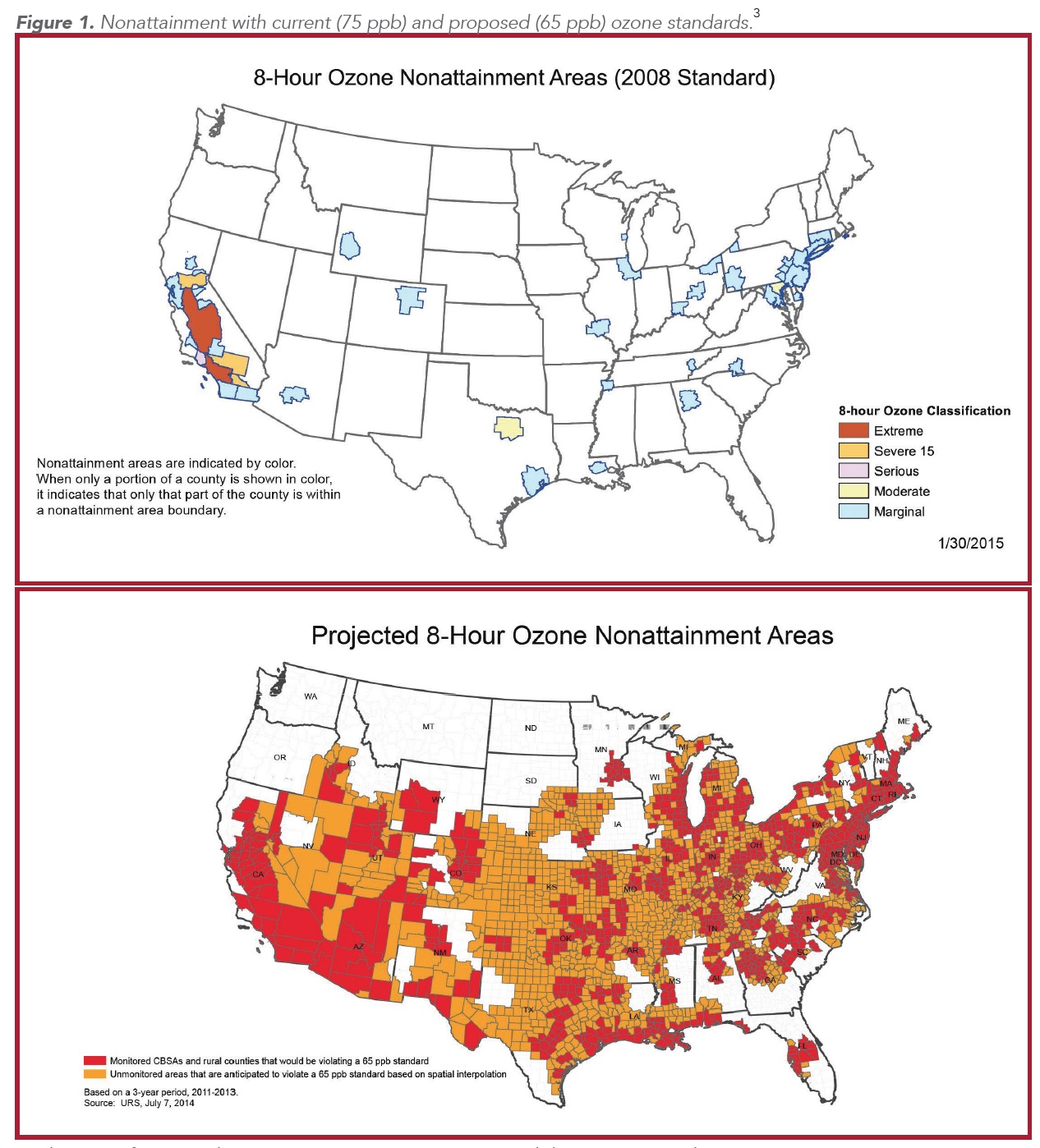
UNITED STATES CHAMBER OF COMMERCE
As Congress gears up to debate reauthorization of surface transportation programs, this report is intended to call attention to a significant emerging threat to addressing the aforementioned transportation challenges: the Environmental Protection Agency’s (EPA) forthcoming ozone national ambient air quality standards (NAAQS). This report analyzes the impact of these regulations on transportation projects, with a focus on the Washington, D.C. metropolitan area.
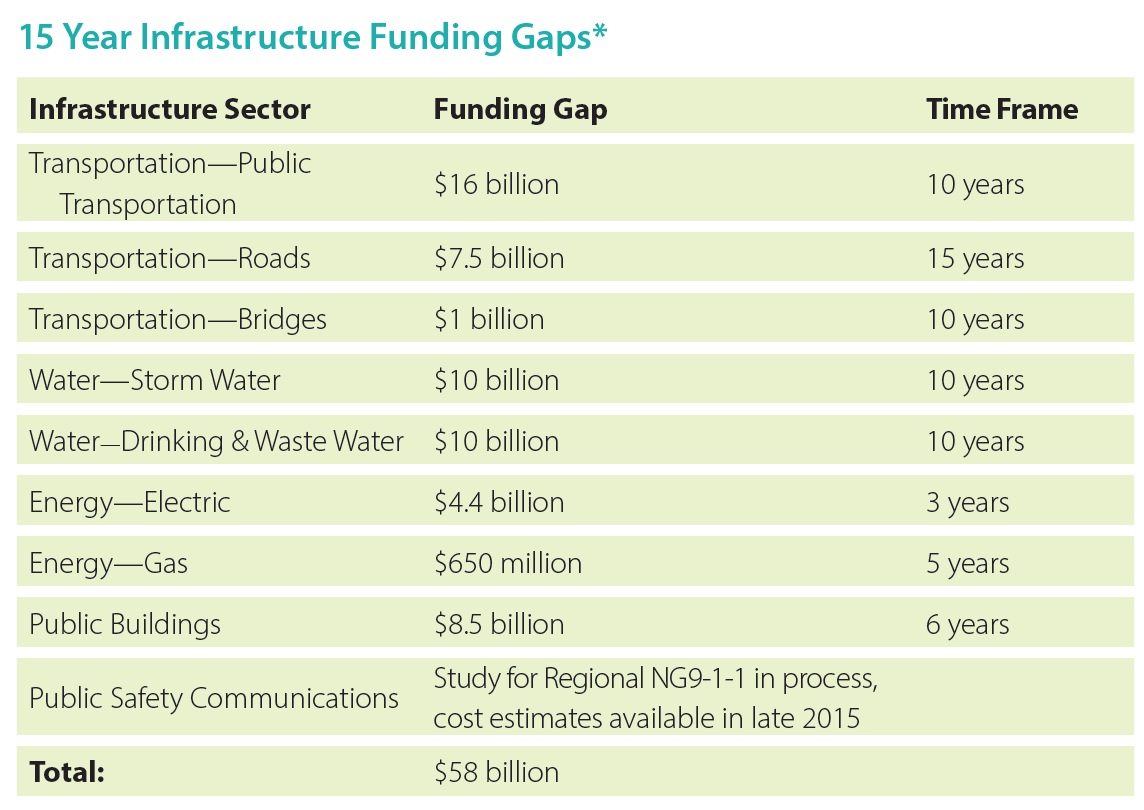
METROPOLITAN WASHINGTON COUNCIL OF GOVERNMENTS
The metropolitan Washington region’s leaders have recognized the fundamental role infrastructure plays in the ability to maintain and improve the region. However, despite regional recognition of the importance of maintaining our infrastructure, infrastructure investment is often a challenge for many organizations. Officials at the federal, state, and local level must balance an enormous number of funding needs, and sufficient funds often are not available for infrastructure needs.
Follow InfrastructureUSA
Video, stills and tales. Share images of the Infra in your community that demands attention. Post your ideas about national Infra issues. Go ahead. Show Us Your Infra! Upload and instantly share your message.
Is the administration moving fast enough on Infra issues? Are Americans prepared to pay more taxes for repairs? Should job creation be the guiding determination? Vote now!
What do the experts think? This is where the nation's public policy organizations, trade associations and think tanks weigh in with analysis on Infra issues. Tell them what you think. Ask questions. Share a different view.
The Infra Blog offers cutting edge perspective on a broad spectrum of Infra topics. Frequent updates and provocative posts highlight hot button topics -- essential ingredients of a national Infra dialogue.
It is encouraging to finally see clear signs of federal action to support a comprehensive US infrastructure investment plan.
Now more than ever, our advocacy is needed to keep stakeholders informed and connected, and to hold politicians to their promises to finally fix our nation’s ailing infrastructure.
We have already engaged nearly 280,000 users, and hoping to add many more as interest continues to grow.
We require your support in order to rise to this occasion, to make the most of this opportunity. Please consider making a tax-deductible donation to InfrastructureUSA.org.
Steve Anderson
Managing Director
SteveAnderson@InfrastructureUSA.org
917-940-7125